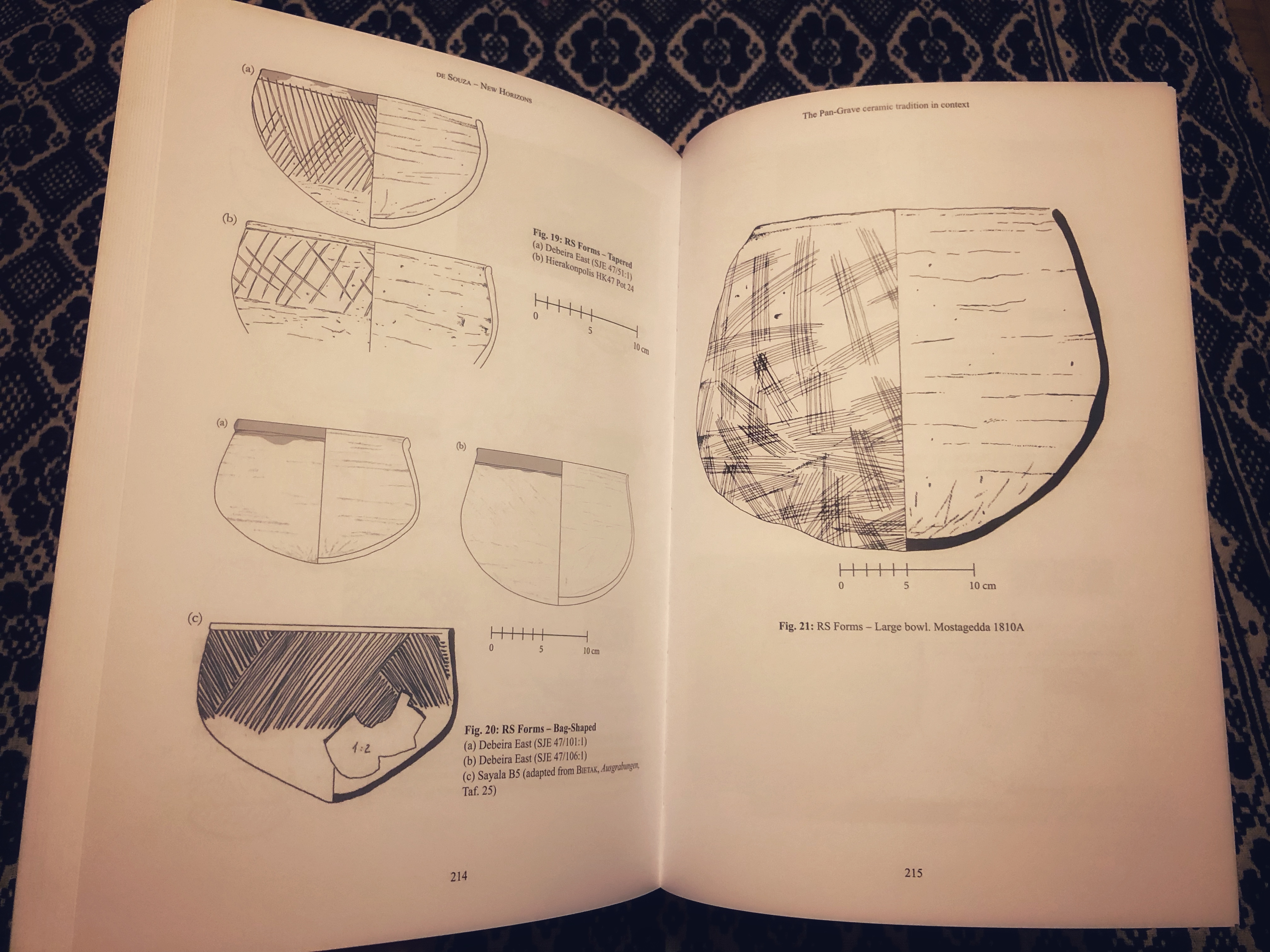OK. It’s been a long time since I’ve posted anything to this blog. In fact, I haven’t posted anything since starting the project, and I feel terrible about it. Truth be told, I’ve started at least six or seven different posts, but then I get to a point where some serious self-sabotage kicks in and I somehow convince that nobody will be interested and let it slip by the wayside. But a heap of stuff has happened over the last few months that I think will be interesting, so I promise I’ll be posting more from now on!! I’ll also be sure to make some retrospective posts on my research trips to Sweden in the UK over the last few months!
Anyway, what better way to (re-)start than by introducing this:

That’s me, with a copy of my first monograph, which appeared in print this month!!
While I’m thrilled (and relieved!) that this thing is finally done, I am still too scared to look at it too closely, but I’ve been told by so many colleague that this is totally normal! So, if you find any errors, please, be a friend and don’t point them out to me!
The book is essentially an updated and revised version of my PhD dissertation, incorporating the critiques I received from my examiners, and subsequently through the peer-review process for the monograph itself.
In compiling the volume, I studied first-hand Pan-Grave pottery from sites from the Nile Delta to the Fourth Cataract, and eastward to the deserts of Egypt and northeastern Sudan. I recorded (and re-recorded) pottery now held in collections in Sweden, Italy, the UK, and USA, and there is also recently excavated material from Hierakonpolis, Tell Edfu, and Dendara that I studied in past field seasons. In all, there are well over 1000 individual vessels, and the gazetteer of sites that constitutes Chapter 4 of the volume includes in excess of 80 individual contexts. So, it’s a pretty comprehensive tome, I think!
There are lots of pictures, some in colour, and I even drew most of the illustrations myself!



You can download the Table of Contents here, and if you’d like to, you can order a copy directly from the publishers by clicking here. But while you wait for your copy to arrive in the post, here’s a brief overview of what you’ll find inside:
As the title suggests, the volume focuses on the Pan-Grave ceramic tradition, pottery being the most abundant and widespread, artefact type for the so-called Pan-Grave tradition. The pottery is most often found in Pan-Grave cemeteries, but it also often turns up in Egyptian towns, temples, and tombs. Despite how frequent it is, there isn’t yet any comprehensive source outlining how you might identify a pot or a sherd as being of the Pan-Grave tradition, and that’s where “New Horizons” comes in.
The book defines what Pan-Grave pottery looks like and, more importantly I try to establish a framework by which the pottery can be identified, described, and classified. One of the biggest problems in studying Pan-Grave pottery is the varied and contradictory nomenclature that has been used over the last century, so unifying the way that we talk about this material (or at least trying to!) will hopefully make it easier to identify and interpret.
So what is the title “New Horizons” all about? Well, you’ll find out in the concluding chapters, where a region-wide distribution makes it apparent that broad chronological, regional, and intra-cultural variation exists within the Pan-Grave ceramic tradition. In fact, it seems that the tradition as a whole is defined by variation rather than homogeneity, so much so that I’ve re-framed the tradition as the Pan-Grave Horizon, under which multiple sub-cultures or sub-traditions (plural) are located in different geographic regions at different times, each expressing their shared cultural heritage in a slightly different manner dependant on a number of impacting factors.
So, that’s the book! And now on to the next one! Before I go, a big a ‘thank you’ to Wolfram Grajetzki (Editor-in-Chief) and Gianluca Miniaci (Series Editor) at Golden House, who were the most supportive publishers you could ever ask for, and lovely people, too!
Next post… more details about the photo on the cover of “New Horizons”!
